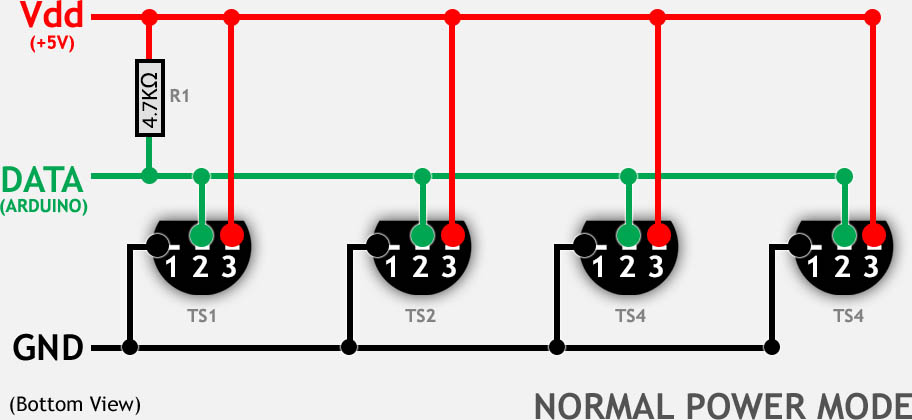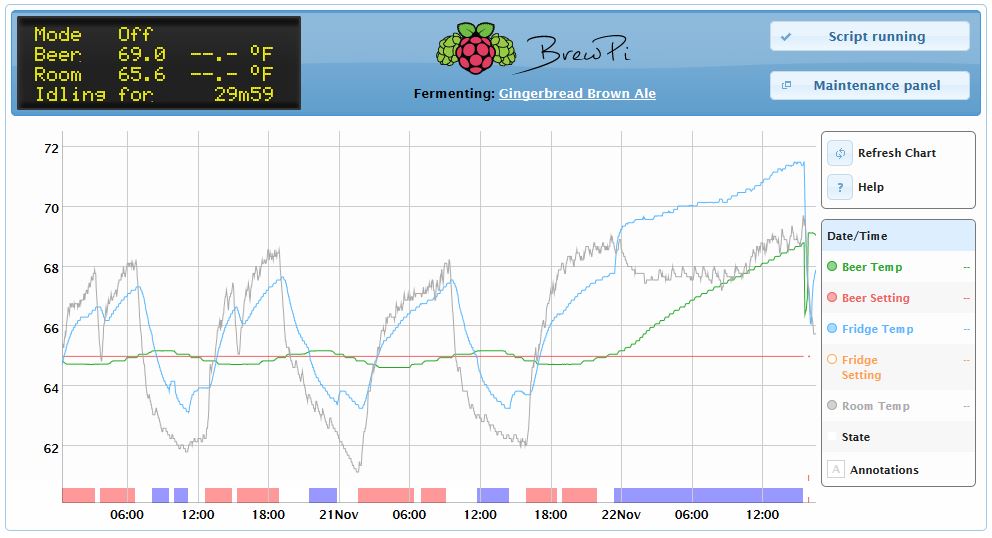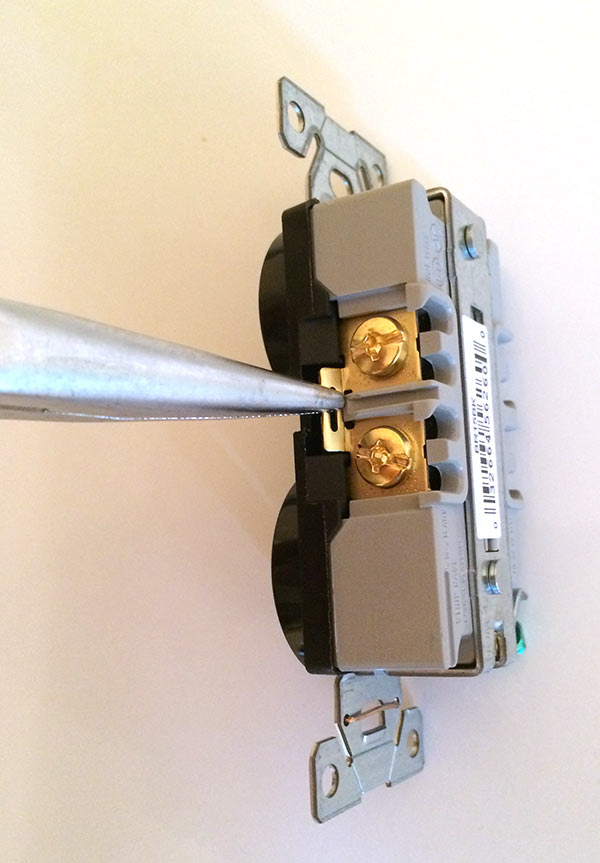yeah, I'm a bit pissed that I did not make a backup when I got everything working.. It took me 2 days to get everything running with the tilt hydrometer etc... Lucky for me, I copied the brewpi directory to a USB stick when I was setting everything up, so at least I still have the config files.
Lesson learned, I ordered 2 SD cards of the same type, I will set one up, export it to a .raw file and write that to the second SD card.
I'm bummed that I lost the logfile of my current brew.. I did not write down how I fermented it exactly (I had set a beer profile), since I was hoping to just print out the log file when the brew was ready
Lesson learned, I ordered 2 SD cards of the same type, I will set one up, export it to a .raw file and write that to the second SD card.
I'm bummed that I lost the logfile of my current brew.. I did not write down how I fermented it exactly (I had set a beer profile), since I was hoping to just print out the log file when the brew was ready



















































![Craft A Brew - Safale BE-256 Yeast - Fermentis - Belgian Ale Dry Yeast - For Belgian & Strong Ales - Ingredients for Home Brewing - Beer Making Supplies - [3 Pack]](https://m.media-amazon.com/images/I/51bcKEwQmWL._SL500_.jpg)








